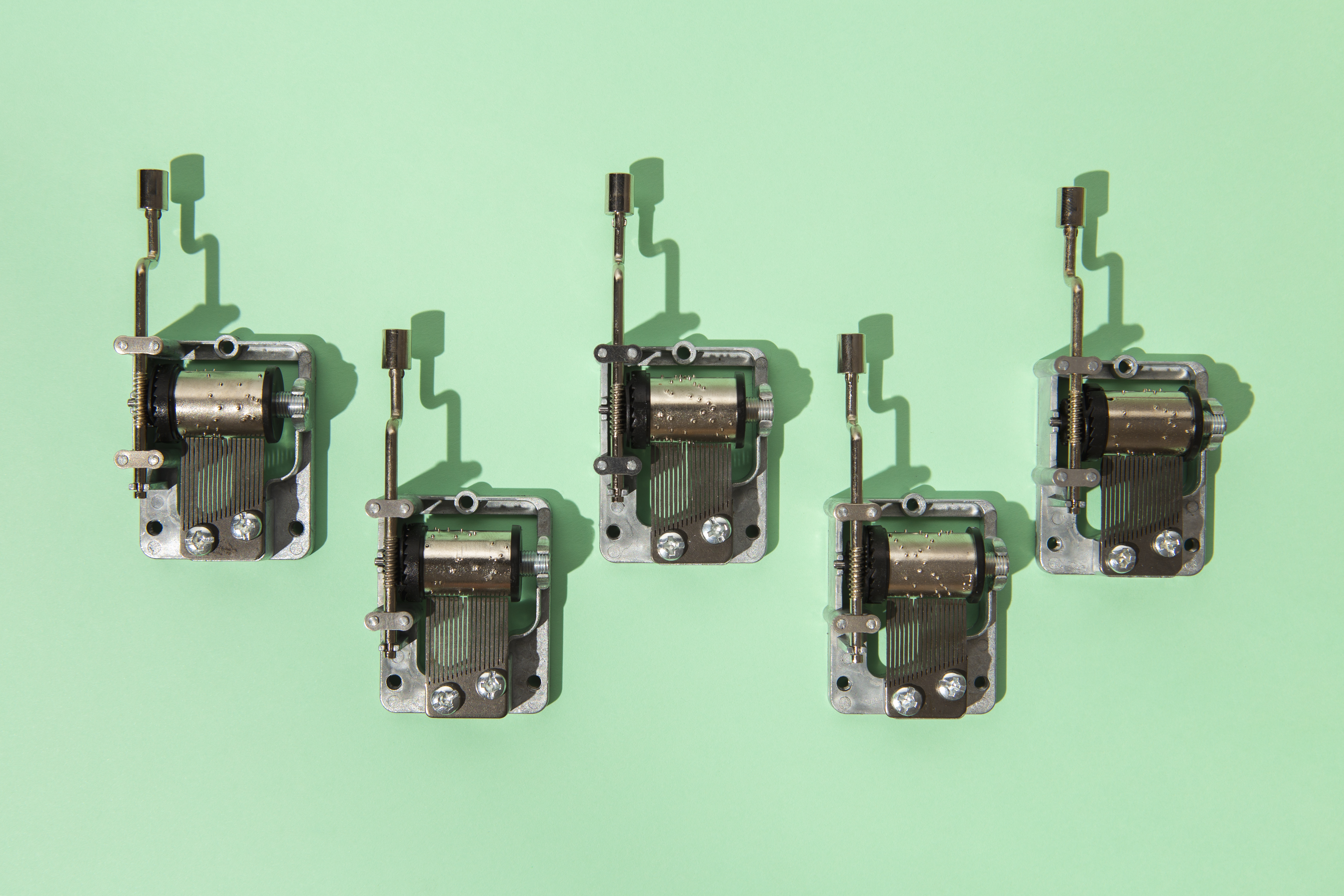
Menu

In today’s world, sensors play a crucial role in nearly every aspect of our daily lives, from monitoring air quality in our homes to ensuring the optimal performance of vehicles and industrial equipment. Whether they’re embedded in your air conditioner, vehicle, or home automation system, sensors are responsible for gathering critical data and making real-time adjustments to keep things running smoothly.
However, like any technology, sensors need regular maintenance to continue functioning properly and to prevent failure. Neglecting sensor maintenance can lead to inaccurate readings, reduced efficiency, and costly repairs. In this article, we’ll explore why regular sensor maintenance is so important and provide tips for keeping your sensors in top shape.
Different types of sensors have different maintenance needs, but here are some common ones that should be regularly checked:
Regular sensor maintenance is essential to ensure that your devices and systems continue to operate efficiently, safely, and accurately. By cleaning, calibrating, and replacing sensors as needed, you can improve the performance, longevity, and safety of your equipment, all while avoiding unnecessary repairs and energy costs. Whether it’s maintaining the sensors in your HVAC system, vehicle, or home automation setup, keeping them in top shape is a small investment that pays off in the long run.
For more options and to explore our full range of high-quality sensors, visit our shop page and discover more.

Get the latest updates and exclusive offers by subscribing to our newsletter!
Email: info@nexgensensors.io